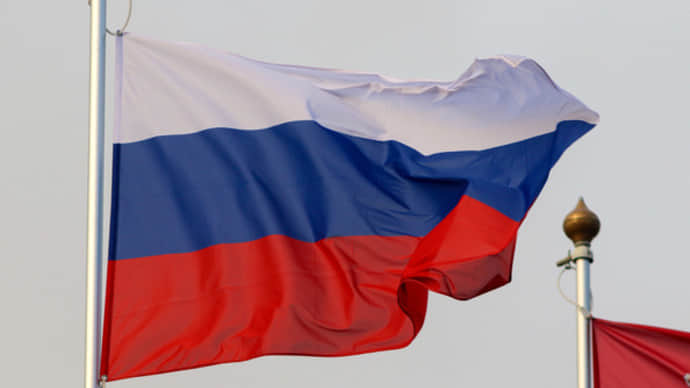Frontline report: Russian forces focus on Synkivka as gateway to offensive on Kupiansk
Despite facing formidable Ukrainian defenses, Russian troops are concentrating their efforts on capturing Synkivka, aiming to secure a crucial gateway for their broader assault on Kupiansk.
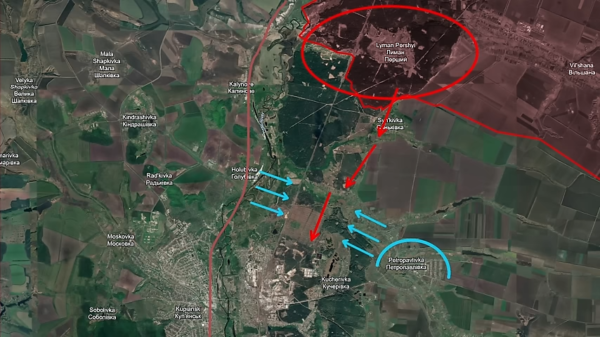
Today, there are numerous updates from the Kupiansk direction, where Russian forces have made significant adjustments to their plans after facing setbacks in the Synkivka area.
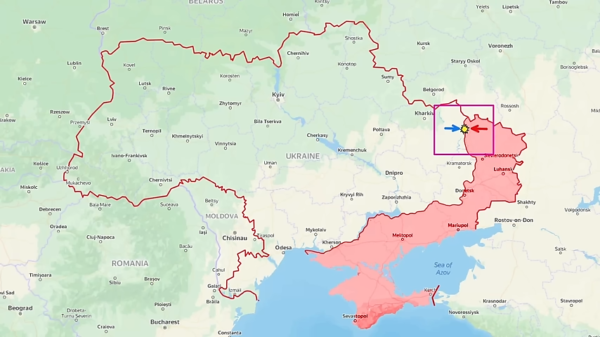
Launching a massive attack from an entirely different side, Russian forces initially succeeded in breaching the first line of defense but failed to achieve their objective of undercutting and establishing control over Kyslivka. Both Ukrainian and Russian sources report that positional fighting has resumed near Synkivka.
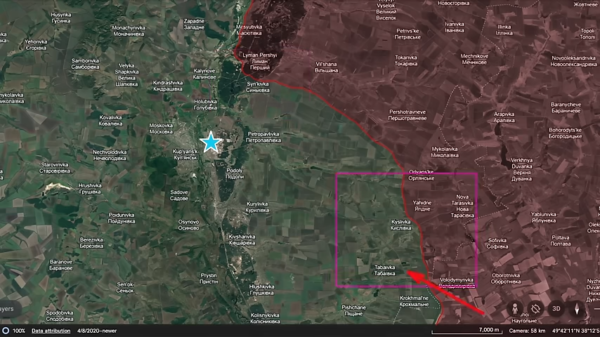
According to various reports, Ukrainians hold at least two major defensive belts: one around Synkivka, which has held the line for months, and another one slightly to the southeast, around Petropavlivka. Analysts question how Russian forces can persist with the same tactics on this attack vector after almost a year, with advances estimated at only a few hundred meters.
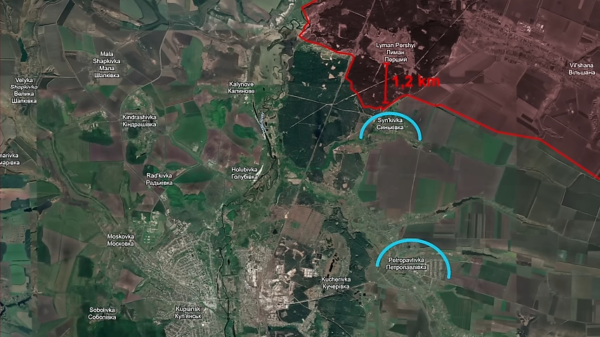
Firstly, there are few other reasonable options for advancement in other directions. The topographic map shows that the area currently controlled by Russian forces is blocked to the west by a double natural barrier formed by the Oskil River and the remarkably high grounds adjacent to it. This barrier extends up to the border with Russia.
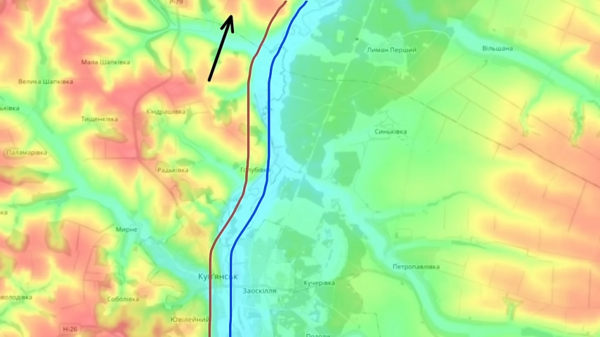
Another option is finding a direct route from the edge of the forest to Kupiansk, but this line is again too close to local heights, from which Russian attacks could be neutralized with relative ease.
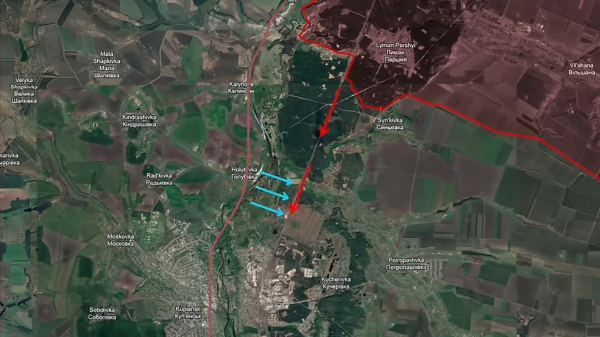
Attacking from the east would mean crossing many open field areas, which are also densely mined, making it extremely dangerous to advance. Furthermore, an advance from here would eventually mean facing counterattacks from the two defensive belts. Considering these geographical factors, the best option for the Russians seems to be moving out from the forest and taking Synkivka.
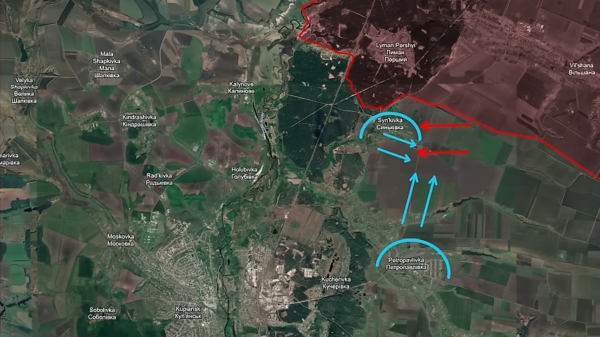
Secondly, although Russian forces already control a good part of the forest, they need to control a strong point outside the forest from which they can organize larger attacks. A mechanized advance through the forest will always be more complicated as long as Synkivka remains under Ukrainian control since it is closely guarded from there. If Russians finally gain control of this strong point, they plan to advance from there to the city through the corridor between the forest and the second defensive belt. Therefore, Russians understand its tactical importance and see it as a necessary next step from the forest to the city.

Thirdly, there’s an evident lack of adaptation on the part of the Russian army, which seems to be the case again. So far, their strategy in the area consists only of frontal attacks from the forest towards Synkivka, with very few variations from that tactic. Just last month, combat footage of unsuccessful frontal assaults on Synkivka took the media space by storm. The Russian columns were completely demolished, as close air reconnaissance surveillance allowed Ukrainians to ambush the attackers, unleashing artillery, anti-tank weapons, and FPV drones. In their retreat, they also ran into dense minefields. Even prominent Russian military analysts have harshly criticized the lack of adaptability and plans for reassessment in the face of an evident repetition of failure.

In addition to this type of frontal attack, different Ukrainian sources have reported the employment of “Wagner” tactics and Storm-Z battalions by Russian forces in the area. In this type of tactic, convict assault groups are launched forward, thus covering the creation of an echelon defense just behind them. This way, they have a place to retreat to and carry ammunition.
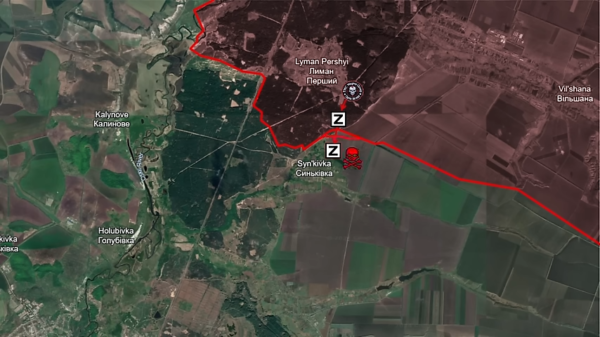
Both repetitive frontal attacks and “Wagner” tactics may imply that the Russian commanders simply agreed to accumulate marginal gains for months, even at the cost of wasting vast amounts of equipment and personnel.
Therefore, geographical reasons, the tactical importance of Synkivka as a necessary step to reach Kupiansk, and the lack of adaptability of the Russian commanders have meant that for months, we have witnessed a repetition of continuous Russian failures in their advance in this area.
However, two aspects could be argued from the Russian side. First of all, several recent videos show heavy snowfalls and deteriorating weather conditions in the area. The Russian side could have tried to exploit this bad weather since these conditions can hinder the use of surveillance and attack drones. In this balance of forces, an occasional deficit in the availability of drones by the Ukrainian side could have unbalanced the battle.
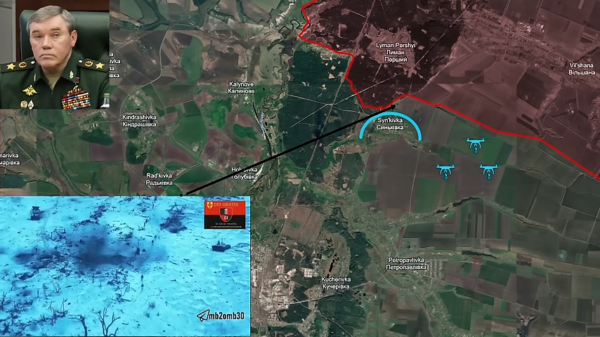
Secondly, Russians face a narrow window of opportunity of around one month before the first spring rains and thaws, which will cause the notorious mudslides, thus completely paralyzing mechanized assault attempts. Months of effort may be forced to a sudden halt, and the Russian command is likely trying to redouble its efforts in precedent and coming weeks in a last-ditch attempt to achieve a result.
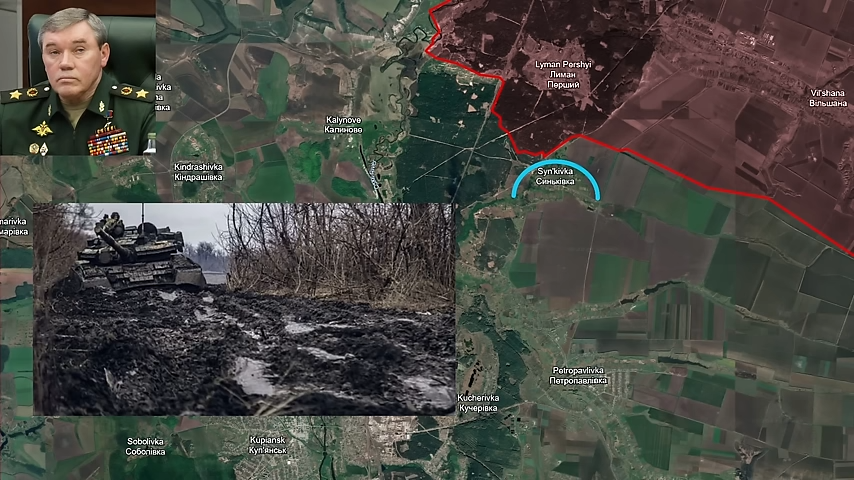
Overall, the Russian command has established Synkivka as their priority target and is willing to persist with their plan at any cost. From now on, we could witness an attempt to establish control over the entire forest, leveraging a potential attack from several simultaneous vectors. Once this strong point is controlled, they can plan to advance from there to the city through the corridor between the forest and the second defensive belt. This strategic maneuvering highlights the complex interplay of geography, tactics, and adaptability in the ongoing conflict, with each side continually adjusting to the evolving battlefield dynamics.
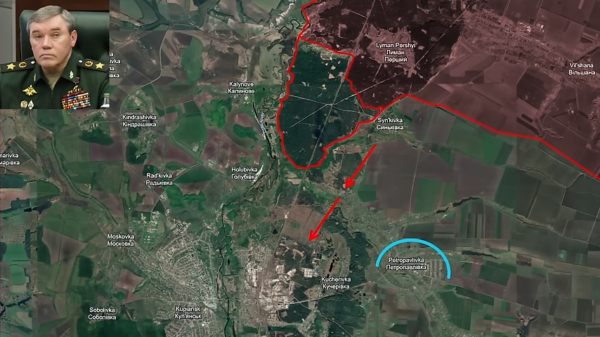
In our daily frontline report, we pair up with the military blogger Reporting from Ukraine to keep you informed about what is happening on the battlefield in the Russo-Ukrainian war.
You could close this page. Or you could join our community and help us produce more materials like this.
We keep our reporting open and accessible to everyone because we believe in the power of free information. This is why our small, cost-effective team depends on the support of readers like you to bring deliver timely news, quality analysis, and on-the-ground reports about Russia's war against Ukraine and Ukraine's struggle to build a democratic society.
A little bit goes a long way: for as little as the cost of one cup of coffee a month, you can help build bridges between Ukraine and the rest of the world, plus become a co-creator and vote for topics we should cover next. Become a patron or see other ways to support.

